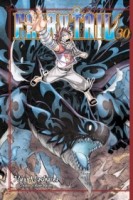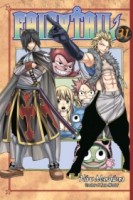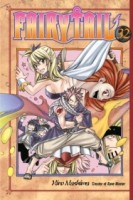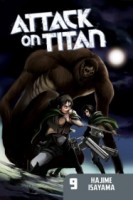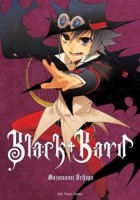 Creator: Yoshikazu Yasuhiko
Creator: Yoshikazu Yasuhiko
Original story: Yoshiyuki Tomino and Hajime Yatate
U.S. publisher: Vertical
ISBN: 9781935654971
Released: September 2013
Original release: 2007
Although I have been aware of the massively popular and influential Gundam franchise for quite some time, my first real introduction to Gundam was through Yoshikazu Yasuhiko’s manga series Mobile Suit Gundam: The Origin. The manga is a reimagining of the 1979 anime series Mobile Suit Gundam which launched the franchise. Yasuhiko was one of the creators heavily involved in the visual development of the original series, so it is particularly interesting to see his personal take on the story. Part of The Origin was initially released by Viz Media in the early 2000s. However, the series is now being published by Vertical in a beautiful deluxe release based on the Japanese collector’s edition. Ramba Ral is the third volume in that series, first published in Japan in 2007 and released in English in 2013. This particular volume also includes delightful contributions from Shimoku Kio, the creator of Genshiken, as well as additional Gundam color illustrations by Yasuhiko.
After the overly ambitious Garma Zabi, the youngest scion of the Principality of Zeon’s ruling family, is killed in battle, his brother Gihren resolves to use his death to rally support for Zeon’s fight, going against the wishes of his father. Garma’s sister Kycilia isn’t about to let the opportunity be wasted, either. Zeon may not have access to the same amount of resources available to the Earth Federation, but it has a cause, charismatic leaders, and more advanced technology. Now that the battle of Los Angeles is over, the Federation’s White Base carrier, along with the newly developed Gundam mobile suit, are en route to Jaburo. Its young crew is closer to reaching the Earth Federation’s headquarters, making resupply easier, but Zeon is more determined than ever to either capture or destroy the Gundam. To make matters even worse for White Base, tension continues to mount between the civilians and the military personnel on the ship, making their mission even more challenging.
One of the biggest problems that the crew of White Base faces is that they are both young and inexperienced. In some cases they are rather immature as well. With all of the excitement and battles going on in The Origin, it can be easy to forget just how young many of the characters actually are. Ramba Ral serves as a good reminder, especially when it comes to Amuro Ray, the Gundam’s pilot. He’s only fifteen—an age at which he is easily distracted and flustered by members of the opposite sex—and he makes some extremely poor decisions in this volume of The Origin. His selfishness and petulance puts everyone on White Base in danger. Amuro may be the person in the best position to save his friends, but his immaturity is what put them at risk to begin with. While I can understand where he’s coming from, I found myself rather annoyed with Amuro in Ramba Ral and wanted to shake some sense into him. Unsurprisingly, many of his cohorts harbor some very similar feelings to mine.
While the crew of White Base is inexperienced, the Zeon forces in pursuit are anything but. In particular, the titular Ramba Ral is shown to be a very capable commander in this volume. He may not have the same arrogant elegance that the dreaded Char Aznable exhibits—Ral is much more down-to-earth and straightforward in how he fights—but he is very good at what he does. He’s not afraid to personally enter the fray and takes a very hands-on approach to battle. Ral’s men are extremely loyal and gladly follow him. Ral and Zeon also have an advantage over the Federation forces. While the Gundam is representative of the pinnacle of the Federation’s technology, Zeon continues to research and improve its own weapons and mobile suits. Combined with skilled and experienced pilots and commanders, Zeon’s military can be devastatingly effective. The arms race shows no signs of slowing in the series; the development of weapons is an important aspect of any war, and so it makes sense that it would be an important part of The Origin as well.

